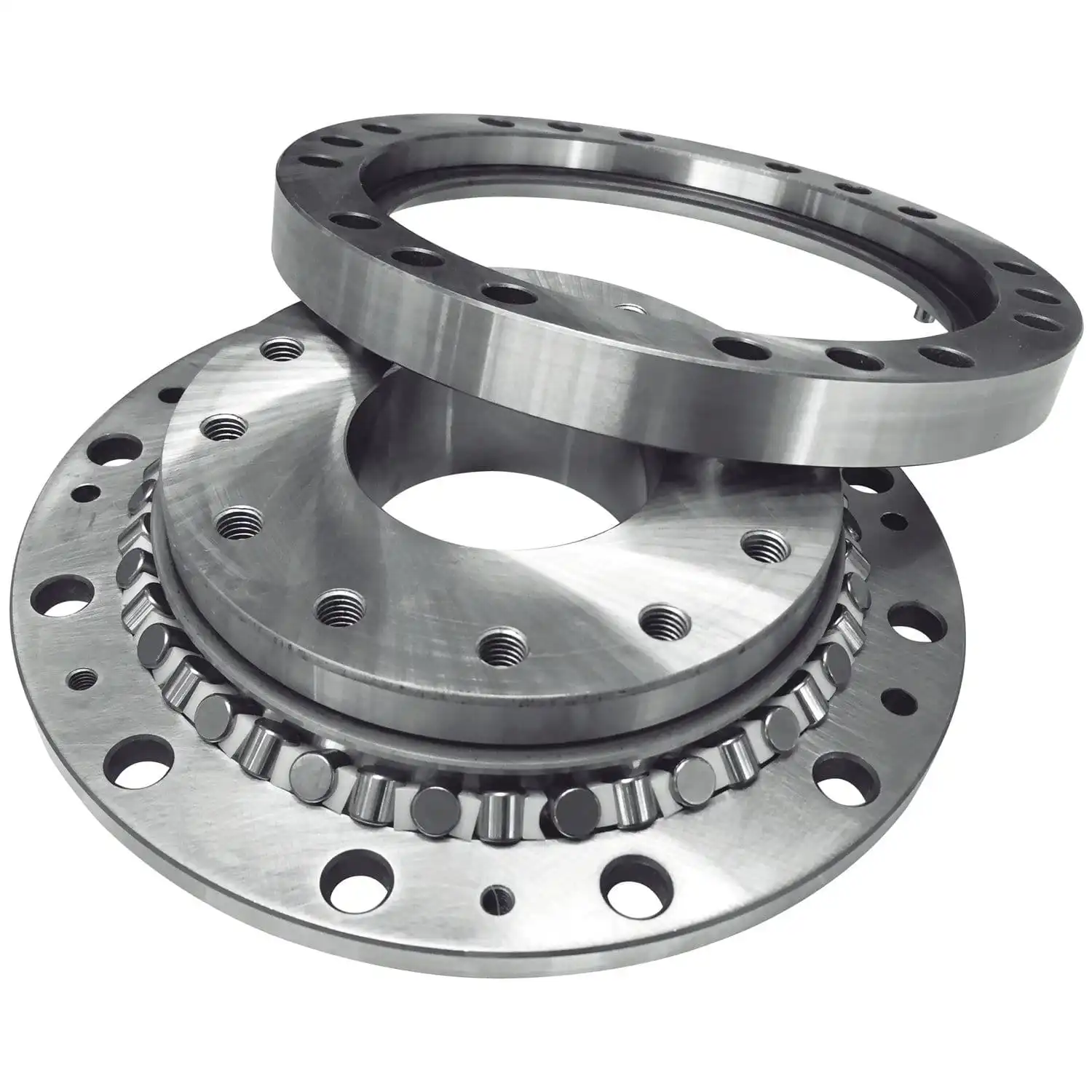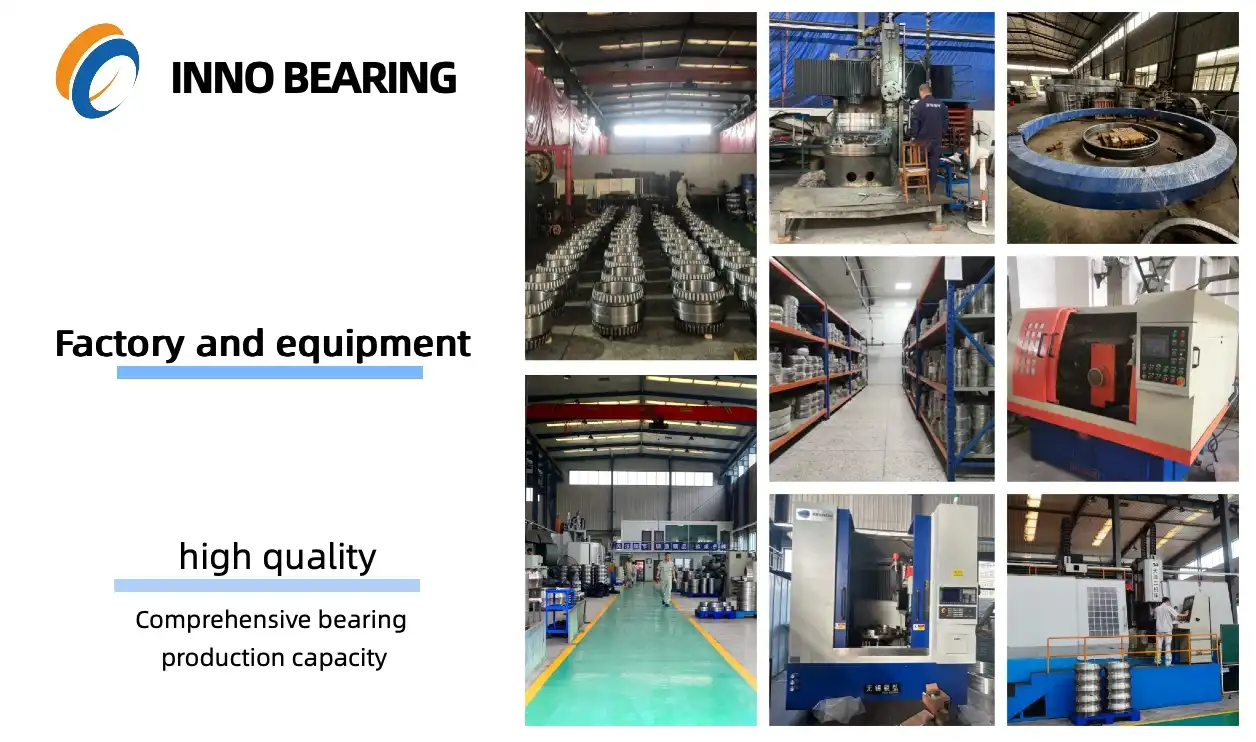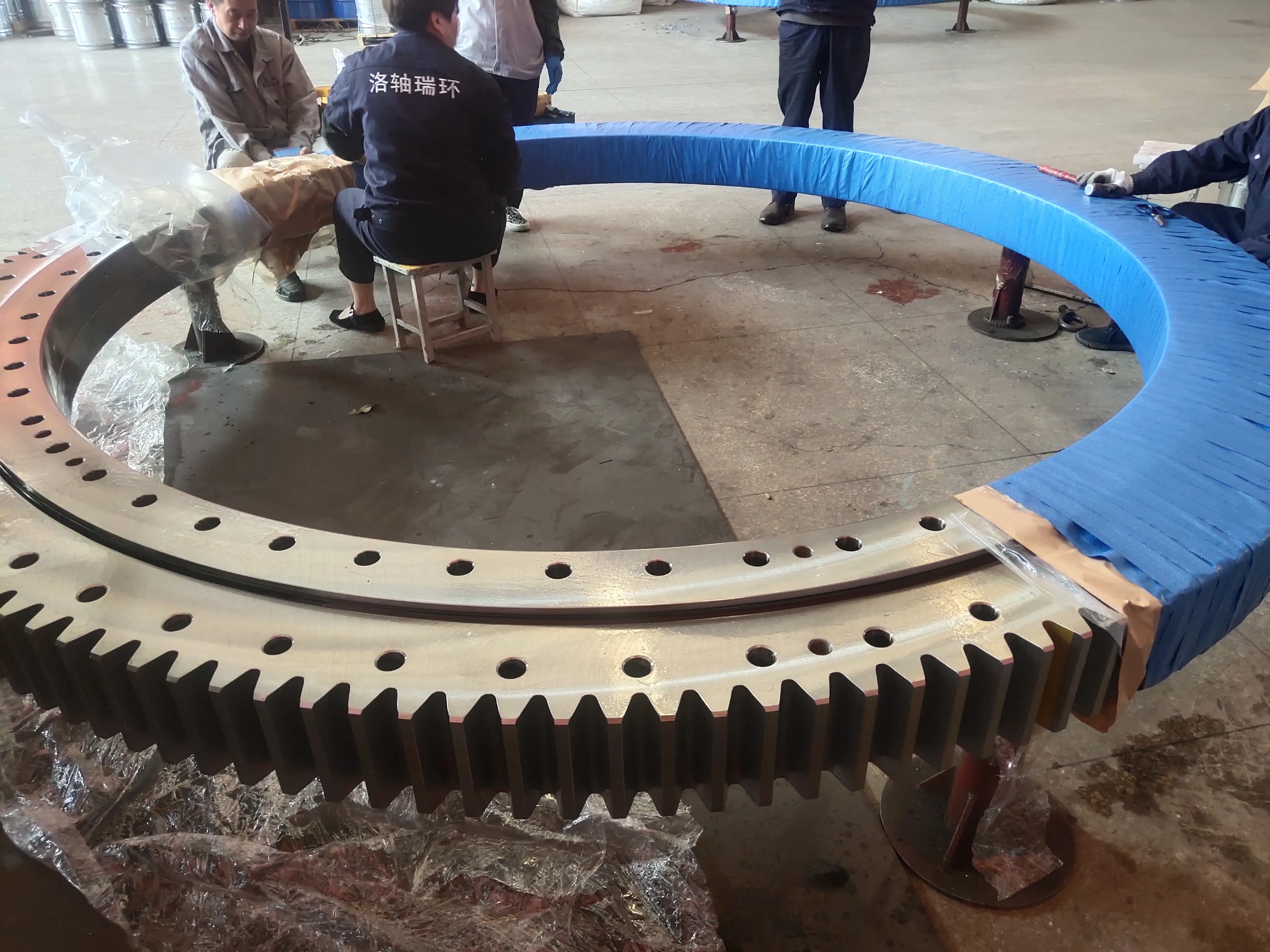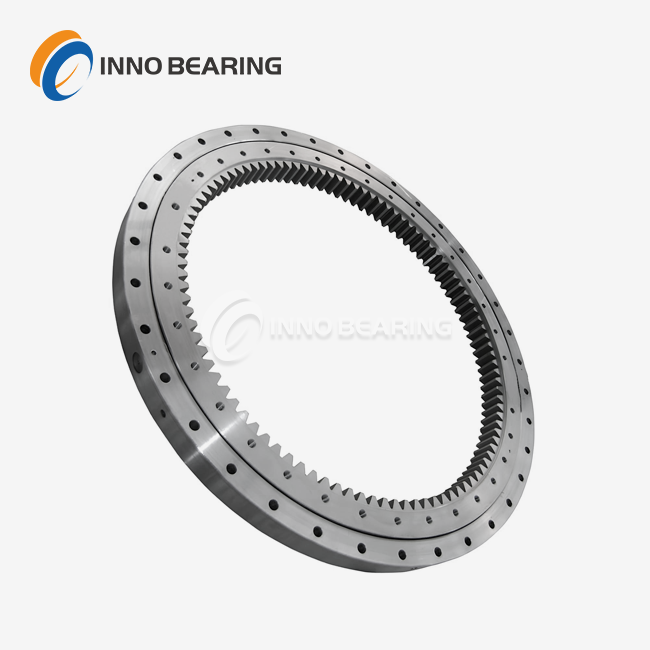- English
- French
- German
- Portuguese
- Spanish
- Russian
- Japanese
- Korean
- Arabic
- Greek
- German
- Turkish
- Italian
- Danish
- Romanian
- Indonesian
- Czech
- Afrikaans
- Swedish
- Polish
- Basque
- Catalan
- Esperanto
- Hindi
- Lao
- Albanian
- Amharic
- Armenian
- Azerbaijani
- Belarusian
- Bengali
- Bosnian
- Bulgarian
- Cebuano
- Chichewa
- Corsican
- Croatian
- Dutch
- Estonian
- Filipino
- Finnish
- Frisian
- Galician
- Georgian
- Gujarati
- Haitian
- Hausa
- Hawaiian
- Hebrew
- Hmong
- Hungarian
- Icelandic
- Igbo
- Javanese
- Kannada
- Kazakh
- Khmer
- Kurdish
- Kyrgyz
- Latin
- Latvian
- Lithuanian
- Luxembou..
- Macedonian
- Malagasy
- Malay
- Malayalam
- Maltese
- Maori
- Marathi
- Mongolian
- Burmese
- Nepali
- Norwegian
- Pashto
- Persian
- Punjabi
- Serbian
- Sesotho
- Sinhala
- Slovak
- Slovenian
- Somali
- Samoan
- Scots Gaelic
- Shona
- Sindhi
- Sundanese
- Swahili
- Tajik
- Tamil
- Telugu
- Thai
- Ukrainian
- Urdu
- Uzbek
- Vietnamese
- Welsh
- Xhosa
- Yiddish
- Yoruba
- Zulu
How to Check Turntable Bearing?
It is important to check a turntable bearing, which is also called a slewing ring, to keep spinning equipment working well and making it last a long time. To properly check a turntable bearing, first check the fixing surface to see if it is flat. It should be within 0.1mm/m. If you hear any strange noises while it's working, that could mean that something is worn out or damaged. Check how accurately the bearing can turn and see if there is too much play or backlash. Check the seals to see if they are broken or leaking. Lastly, use special tools to look at how much the bearing is vibrating. Regular checks can keep your gear from breaking down when you least expect it and make it last longer.

What Turntable Bearings Are and Why They Are Important?
What Are Turntable Bearings?
Turntable bearings, which are sometimes called slewing rings or rotary bearings, are special parts that are made to handle heavy axial, radial, and moment loads while still letting two structures rotate smoothly around each other. These bearings have a special circular shape and are usually made from thick-walled 50Mn steel. They have one or two rows of steel balls or wheels inside them. The fastening areas are precisely ground to make sure the best touch and load distribution.
Uses in Many Different Fields
Because they can be used in so many situations, turntable bearings are essential in many fields:
- Heavy Machinery: Used in heavy machinery like tractors, cranes, and building tools
- Renewable Energy: Important parts of wind rotor yaw and pitch systems
- Making things: Important for machine tool turntables, especially in vertical lathes
- Aerospace: Used in radar devices and dishes for sending and receiving satellite signals
- Entertainment: You may find it in amusement park attractions and rotating restaurants.
Because they are so important in these situations, turntable bearings must be inspected and maintained on a regular basis to avoid expensive downtime and keep things running safely.
Key Features of High-Quality Turntable Bearings
When choosing or judging turntable slewing bearings, these important features should be taken into account:
- Load Capacity: Some bearings can handle static loads of up to 10,000kN, while others can handle medium to heavy-duty loads.
- Size Range: Outside diameters are usually between 200 mm and 5000 mm, and inside diameters are between 160 mm and 4800 mm.
- Material Composition: For rings, high-quality steels like 50Mn or 42CrMo are used, and for rolling elements, GCr15 or GCr15SiMn are used.
- Seals: Seals that keep dust out, usually with an IP67 grade for tough settings
- Precision: The mounting surface must be at least 0.1 mm flat for it to work at its best.
- Customization: internal or external gears, fixing pin holes, and different types of lubricating systems are all options.

Step-by-Step Guide to Inspecting Turntable Bearings
Visual Inspection and Cleanliness Check
Start your turntable bearing check by taking a close look at it:
- Clean the bearing and the area around it to get rid of dirt, junk, and old oil.
- Look for signs of damage, wear, or hardness on the lips.
- Check the bearing surfaces for any cracks, dents, or rust that you can see.
- Look to see if any nuts in the fixing system are missing or loose.
- Check the track for signs of scoring, chipping, or uneven wear.
Remember that keeping the bearing clean is important for both checking and its general performance. Any contaminants can speed up wear and cause the part to fail before it should.
Measuring Rotational Accuracy and Play
It is important to look at the bearing's rotational properties:
- As you slowly turn the bearing, use a dial indicator to check the runout.
- Put force on it in different directions to see if there is any radial or axial play.
- Find out how much power is needed to turn the bearing and make note of any high spots or changes.
- To get an accurate reading of rotational accuracy to within 0.01° for precise tasks, you need to use special tools.
- Compare your measures to the ones given by the maker for the bearing type you have.
Too much play or uneven spin can be signs of damage, misalignment, or wear that needs to be fixed.
Lubrication Analysis and Maintenance
Proper grease is very important for the life of turntable bearings:
- Check the current oil to see if it has changed color or become contaminated.
- Make sure the oil amount is right and that it's spread out properly.
- Check the oil lines and ports for damage or blockages.
- If you need to, clean off the old oil and reapply it according to the manufacturer's instructions.
- For uses at high temperatures, make sure the oil is rated for those circumstances.
Regular care that includes lubrication can make your turntable bearing last a lot longer and keep it from breaking down, which can cost a lot of money.
Advanced Diagnostic Techniques for Turntable Bearings
Vibration Analysis
Vibration research is a great way to check the health of turntable bearings:
- Use accelerometers to find out how much the bearing is shaking in different places.
- Look at the frequency range to find specific problems, such as misalignment or broken rollers.
- Track how things are getting worse over time by comparing sound readings to standard readings.
- Check for signs of instability, which can lead to uneven wear and failure before its time.
- For important uses, think about constant tracking systems that can find problems early.
Expertise is needed to figure out what vibration data means, but it can tell you a lot about the state of bearings and possible problems.
Thermographic Inspection
Infrared thermography can show problems that aren't obvious:
While the bearing is running, use a thermal imaging camera to look at it.
- Look for hot spots that could mean there is too much pressure or a problem with the lubricant.
- Check the temperature trends across the bearing to see if the load isn't distributed evenly.
- Keep an eye on how temperatures change over time to see how they slowly get worse.
- If you need to use your tools in high temperatures, make sure it can correctly measure the working range.
Thermographic testing is especially helpful for big turntable bearings that are hard to get to directly.
Load Testing and Structural Analysis
For important uses, you might want to do a more in-depth analysis:
- Do standing load tests on the bearing to make sure it can handle the load and is structurally sound.
- Use strain gauges to find out how much something has changed under different loads.
- Use finite element analysis (FEA) to model how stress is distributed and find possible weak spots.
- When it comes to special or non-standard bearings, compare how well they work to how they were designed.
- Think about using non-destructive testing (NDT) methods like laser screening to check for internal problems on a regular basis.
These advanced methods can give you a full picture of the state of your turntable bearing and help you guess how long it will last.

Conclusion
Making sure that turntable bearings are checked regularly and thoroughly is important for keeping spinning equipment reliable and working well. You can find possible problems before they become major ones by using a methodical approach that includes eye checks, measurements, and advanced diagnostic methods. Keep in mind that the exact checking requirements may change based on the size of the bearing, its use, and the conditions under which it is operated. Always follow the manufacturer's instructions, and for more complicated tests, you might want to work with bearing experts. If you take good care of your turntable bearings and keep them in good shape, they will last for years and keep your important machinery running smoothly.
FAQs
How often ought I check my turntable bearing?
How often you inspect it varies on how it is used and where it is located, but for heavy-duty uses, it's usually every three to six months.
What causes turntable bearings to fail before they should?
Some common reasons are not enough lube, pollution, imbalance, and overloading.
Can I fix a turntable bearing that is broken?
Small problems might be fixable, but major damage usually needs to be replaced. Talk to an expert to get an opinion.
Expert Turntable Bearing Solutions | INNO Bearing
INNO Bearing is an expert in making high-precision turntable bearings that can handle the toughest industry conditions. We offer custom solutions for big tools, green energy, and precise systems. We have been in business for more than 30 years. Our bearings are made with high-tech materials, are manufactured with great care, and can be customized quickly. Email our team at sales@inno-bearing.com for expert help or to talk about your unique turntable bearing needs.
References
Smith, J. (2021). "Advanced Techniques in Turntable Bearing Inspection." Journal of Rotating Machinery, 45(3), 287-302.
Johnson, M. et al. (2020). "Vibration Analysis of Large-Scale Slewing Rings in Wind Turbines." Renewable Energy Engineering Review, 18(2), 112-128.
Zhang, L. and Brown, K. (2019). "Thermographic Monitoring of Industrial Bearings: A Comprehensive Guide." Industrial Maintenance & Plant Operation, 7(4), 45-59.
Rodriguez, C. (2022). "Lubrication Strategies for Extended Turntable Bearing Life in Harsh Environments." Tribology International, 164, 107228.
Thompson, R. and Lee, S. (2018). "Finite Element Analysis of Custom Slewing Bearings for Heavy Machinery." Journal of Mechanical Design, 140(8), 085001.
Wu, X. et al. (2023). "IoT-Enabled Predictive Maintenance for Turntable Bearings in Smart Manufacturing." IEEE Transactions on Industrial Informatics, 19(5), 5237-5246.
Learn about our latest products and discounts through SMS or email




